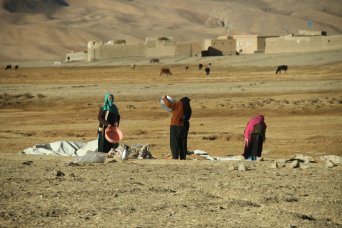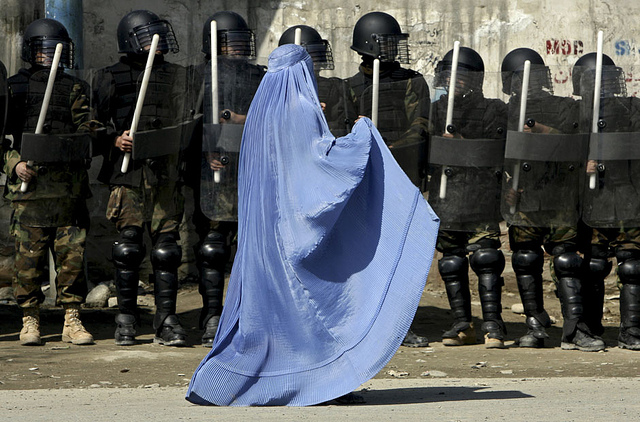- About
- Topics
- Picks
- Audio
- Story
- In-Depth
- Opinion
- News
- Donate
- Signup for our newsletterOur Editors' Best Picks.Send
Read, Debate: Engage.
| topic: | Human Rights |
|---|---|
| located: | Afghanistan |
| editor: | Shadi Khan Saif |
While the cries of Afghan people fall on deaf ears, international institutions warn of an impending, catastrophic scenario if citizens continue to be oppressed and ignored.
In its latest report, the World Health Organization has warned that this year, an estimated 28.3 million people (two-thirds of Afghanistan’s population) will need urgent humanitarian assistance, a 16 percent increase from the 24.3 million people reported in 2022.
Prior to that, the terrifying phrase of ‘Worst Humanitarian Crisis,’ coined by the UN to describe Afghanistan’s condition, did not raise enough consciousness in the international community to lead to a solution.
Moving beyond these titles chosen to describe the miseries of a nation, in reality, we are seeing millions of women and children lose their lives mainly due to the inaction of the countries previously involved in the Afghan war. Their participation in the oppression of these people is narrowed down to three factors:
The latest grim picture painted by the WHO suggests that more than 17.6 million people (53 percent of whom are children) will require humanitarian health assistance in 2023, with five million living in urban areas and 12.6 million in rural areas. The report documents that there have been major barriers to access healthcare services in rural areas while, at the same time, increased displacement and migration to cities have overburdened the existing health services.
Women and children are particularly reeling from this state of constant reliance on aid when the country has enough natural resources to at least provide for food for all of its citizens.
The worst fears are that, just like the 20 years of deadly war to root out terrorism ended with a surrender of the country to the Taliban, the West led by the US might end up doing the same with these isolation and sanctions policies again.
Image by Farid Ershad

